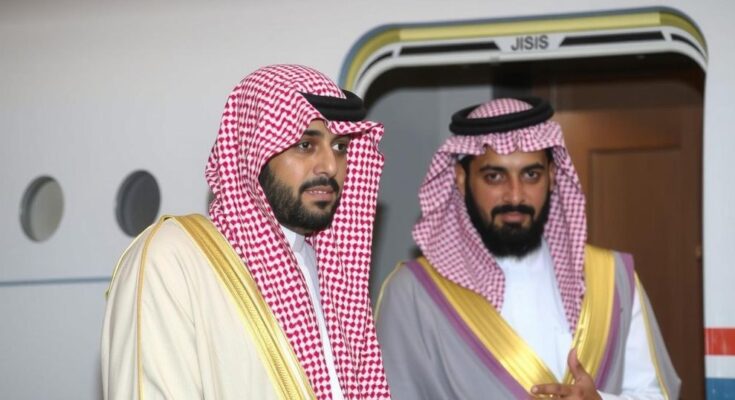Recent high-profile diplomatic meetings have occurred in the Middle East following the ousting of Bashar Assad, with Qatar and Jordan engaging with Syria’s new leadership. Iran has stated its lack of contact with the new regime. As diplomatic dynamics shift, humanitarian concerns are still prevalent in Gaza and on the Sudan-South Sudan border, prompting urgent action from global aid organizations.
Recently, notable diplomatic activities have unfolded in the Middle East and surrounding regions in light of political changes following the ousting of Syrian President Bashar Assad. Qatari officials have marked their presence in Syria, and Iran has clarified its lack of engagement with the current Syrian authorities. Furthermore, Jordan has initiated meetings with Syria’s new leadership, indicating a shift in regional dynamics and a collective aim for stability after years of conflict.
On Monday, the Qatari Minister’s arrival on the first Qatar Airways flight since Assad’s removal highlights renewed ties between Qatar and Syria. Concurrently, Iranian foreign ministry spokesman Esmaeil Baqaei emphasized that Iran has “no direct contact with the ruling authority in Syria,” indicating a detached stance despite previously being a significant ally of Assad.
Jordan’s Foreign Minister, Ayman Safadi, met with Syria’s new leader, Ahmed Al-Sharaa, following Jordan’s recent summit advocating for an inclusive transition in Syria. This meeting signifies Jordan’s support for the Syrian populace and its desire to restore regional security, inevitably tied to its national interests. Reports suggest that over 7,000 Syrian refugees have started returning home, further reflecting changing attitudes towards the conflict.
Meanwhile, the humanitarian crisis in Gaza continues, where airstrikes by Israeli forces have resulted in numerous fatalities, including children. The conflict, which intensified on October 7, caused severe casualties, with rising claims about civilian and militant losses.
Additionally, the situation in South Sudan remains dire as thousands flee conflict-stricken Sudan daily. Organizations such as Doctors Without Borders have highlighted the overwhelming influx of refugees and the critical shortages of basic needs they face in South Sudan. Medical facilities struggle to provide adequate care to individuals affected by violence and air raids in Sudan, with many seeking safety across borders but encountering even greater challenges upon arrival.
The recent movements in Middle Eastern diplomacy arise from the regional upheavals following the fall of Bashar Assad. Qatar’s ministerial visit to Damascus signifies an attempted revival of diplomatic relations with Syria. Amidst these shifts, Iranian officials maintain a firm position of no engagement with the new Syrian administration. In Jordan, the Foreign Minister’s meeting with the new Syrian leader indicates a proactive approach to secure peace and stability following years of relentless civil war and ongoing humanitarian crises. Jordan’s involvement also suggests a willingness to address the refugee situation, wherein many displaced individuals are beginning to return home, spurred by changing conditions.
In summary, the political landscape in the Middle East is rapidly transforming as influential nations adjust their foreign policies in response to the fall of Assad. Diplomatic engagements between Qatar and Jordan with the new Syrian leadership denote an initiative to rebuild relationships and stabilize the region. However, humanitarian crises continue to permeate both Gaza and Sudan, presenting ongoing challenges that the international community must recognize and address.
Original Source: www.arabnews.com




